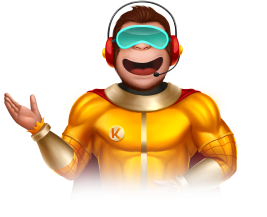ChatGPT Images: Viral Trends and Expert Tips
For years, we thought creativity was humanity’s biggest trump card, the one thing that machines cannot mimic. Then, a wave of AI image generation tools hit the market, and all bets were off. A recent ripple in the AI landscape? ChatGPT image generation! From Studio Ghibli-inspired nostalgic art to Barbie-box action figures, social media is drowning in a flood of AI-powered creativity.
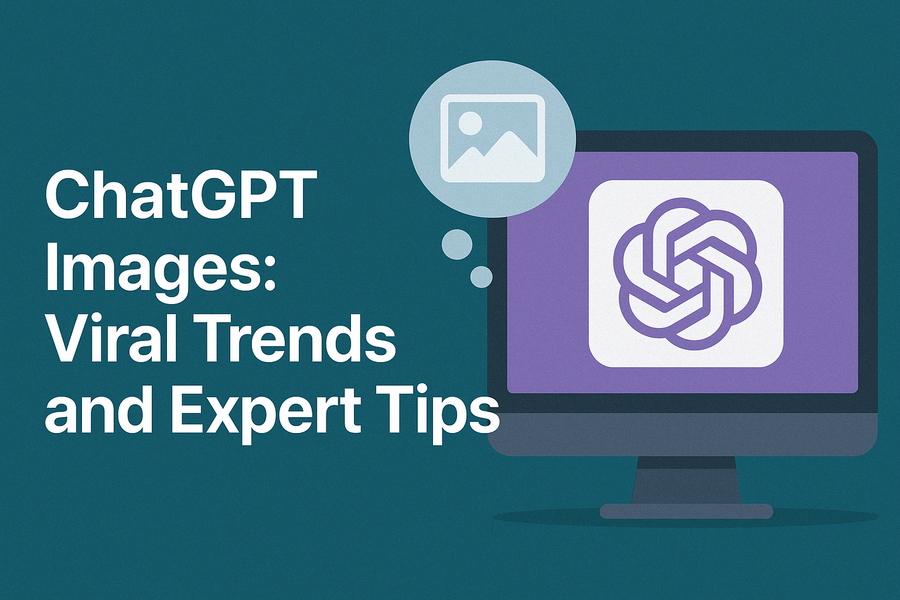
Today, we’re diving into ChatGPT’s image generation game – how it stacks up against other AI art tools, the viral trends it’s unleashed, and pro tips to help you ride this creative wave like a pro.
Ready to explore the wild world of ChatGPT images? Let’s jump in!
How “ChatGPT Images” Supercharges Creativity
Bringing image generation into the chat interface
The one key difference between ChatGPT’s image generation and many other AI image generation tools out there is that ChatGPT images are available within the standard chat interface. Therefore, you can gather ideas for your images and generate them in the same place. This can feel much more convenient than traditional image generation tools.
OpenAI first brought image generation powered by DALL·E 3 to ChatGPT in October 2023. But soon, even competitors like Gemini and Grok introduced image generation features within their chatbots. However, the big shift occurred when ChatGPT announced native image generation powered by GPT-4o.
4o image generation has arrived.
— OpenAI (@OpenAI) March 25, 2025
It's beginning to roll out today in ChatGPT and Sora to all Plus, Pro, Team, and Free users. pic.twitter.com/pFXDzKhh2t
Removing technical barriers
The major difference between GPT-4o-powered image generation and DALL·E 3-powered image generation is that the former is a multi-modal model. Hence GPT-4o can build on the conversational capabilities and contextual knowledge of ChatGPT to simplify the image generation process. In short, it feels like having a virtual AI assistant working on your designs. From giving your ideas in simple, natural-sounding text prompts to editing them with simple text prompts, everything feels smoother and more convenient.
Secondly, the omnimodal capabilities of GPT-4o also mean that you can include both text and image prompts, and the model can analyze and process the image and help add refinements or modify it altogether. Therefore, unlike standalone tools, ChatGPT Images lets creators iterate within a single chat.
OpenAI’s goal here was to give a “higher degree of creative expression and creative freedom,” and the update did exactly that. So, the model now excels at prompt following and is much more convenient to use when compared to other similar image generation models. Consequently, people with little to no design knowledge can now generate near-perfect renditions of their imagination.
For instance, we chose a simple and vague text prompt, “an illustrated storybook page with few lines of text from the story” and fed it to ChatGPT, Microsoft Designer, and Gemini. Here are the results.

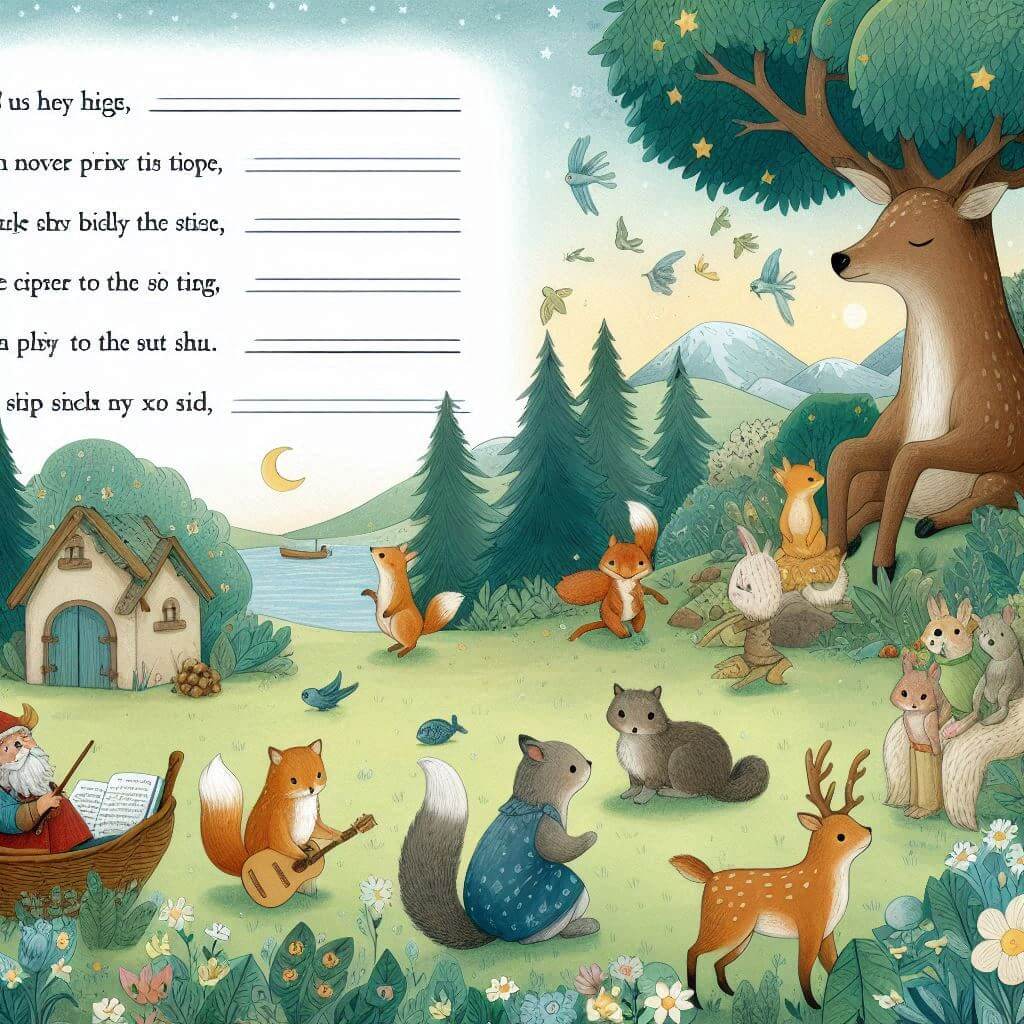
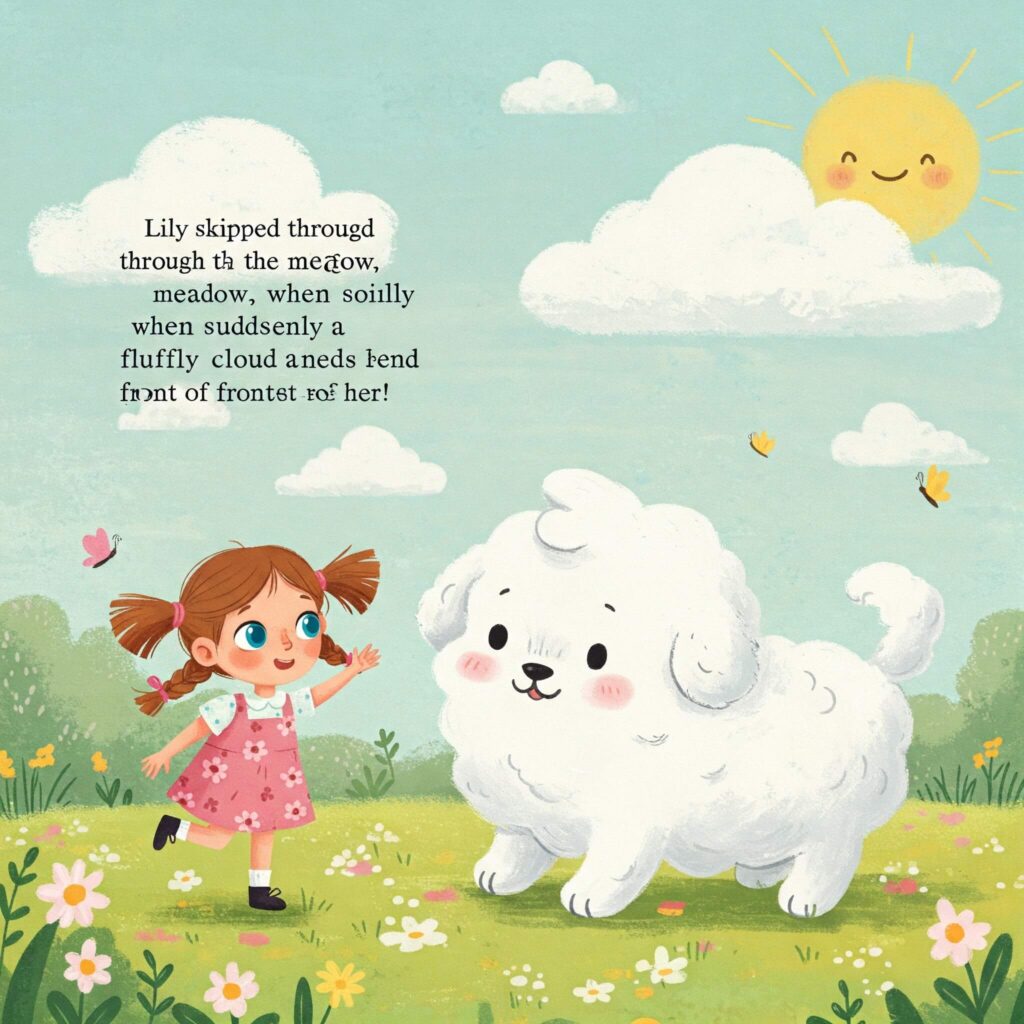
Gemini did a fairly good job, but Microsoft Designer’s version does not feel too refined. ChatGPT’s version feels the most accurate, and it clearly beats the other two in one area – clarity of text. Though we did not specify any particular text to go in the image, the model chose a relevant piece of text to include. This is where GPT-4o’s multimodality shines through.
Enhanced text-rendering
If we had to name one area where most AI image generation tools struggle (aside from generating hands, which was the biggest caveat not long ago), it would be text rendering. Now, this is the part we highlighted in our previous section. But this time to demonstrate, we’ll take a prompt with the text specified.
Here’s the prompt used:
“A sleek digital workspace with a glowing ChatGPT logo in the background, surrounded by floating, partially-generated images (art, portraits, landscapes, etc.) forming from text prompts. Modern, creative, futuristic aesthetic. Include the text: ‘Image Generation in ChatGPT’ in clean, bold typography.”
The first image was generated in ChatGPT, and the second one in Gemini.
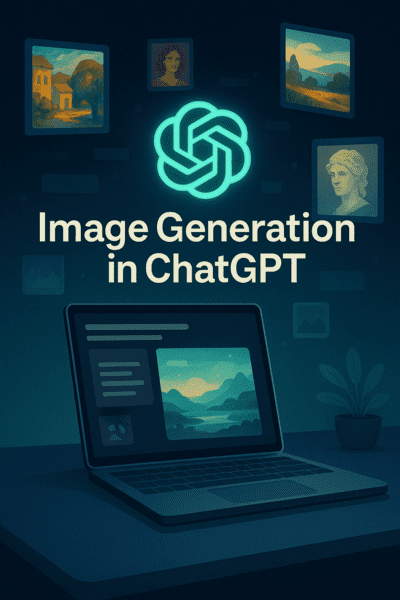
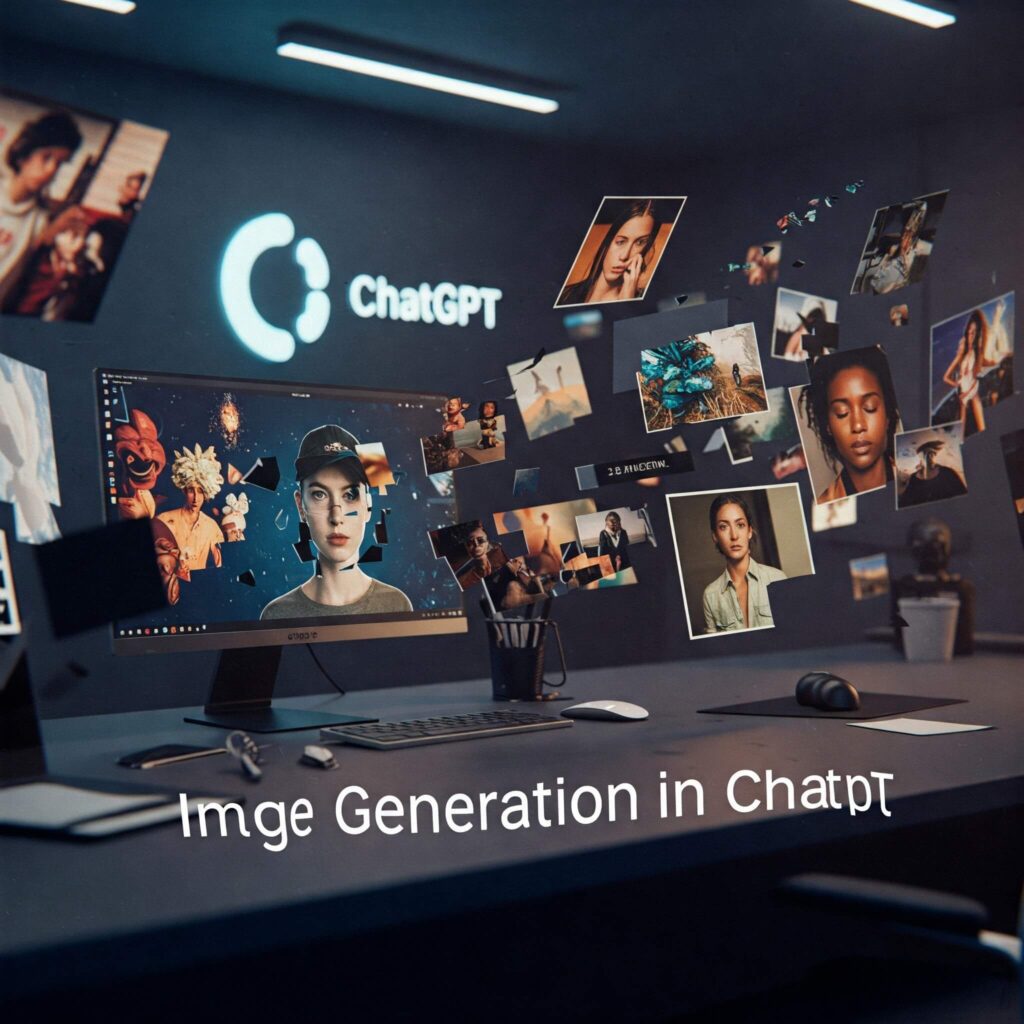
Evidently, we have a clear winner in terms of text rendering – ChatGPT! OpenAI shared a few more examples with long lines of text added to the prompt and the model accurately rendering them all.
So, when there is a more detailed prompt and when there is text to be included, ChatGPT images powered by GPT-4o are way better than most image generation models out there.
Character consistency
The second main area where ChatGPT images excel, according to OpenAI, is maintaining character consistency across multiple images.
So far, very few models have been able to deliver character consistency, like Midjourney, which can be accessed with the “cref” parameter in the prompt. But with ChatGPT, the difference is that you can use simple text prompts without stringent syntax requirements.
For instance, we used the following prompt to generate a scene in ChatGPT and in Gemini.
“A woman with shoulder-length red hair, wearing a beige trench coat and black boots, standing next to a man with short curly hair, wearing a navy suit and brown shoes, in a modern city street.”
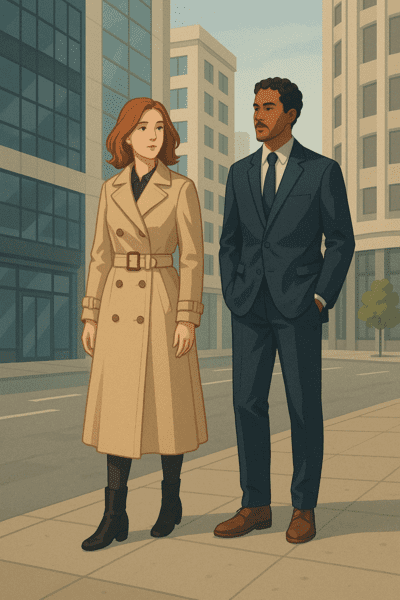
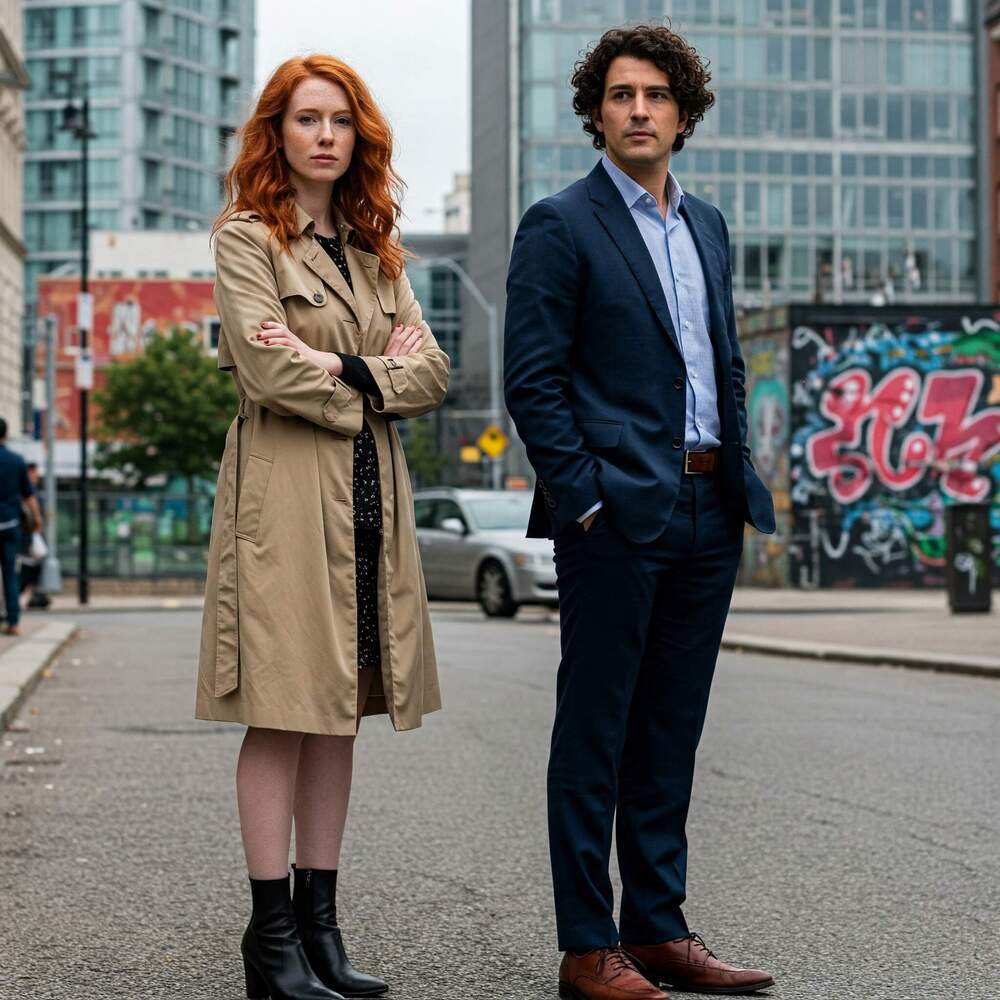
Following this, the next prompt was to use the same characters in a different scene.
“The same woman and man, wearing the same outfits, now sitting at a café table outdoors, talking and smiling. Maintain their appearance and clothing for consistency.”

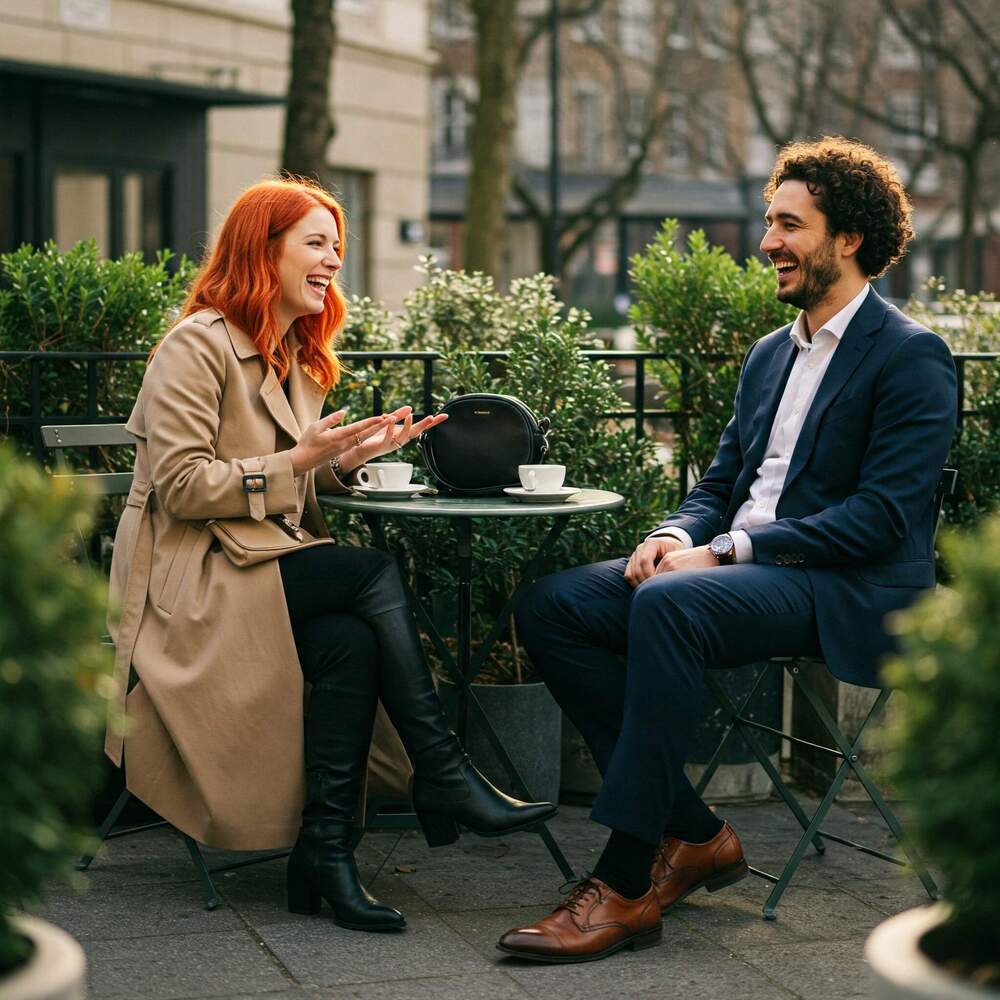
As can be seen in this example, Gemini deviated from the original both in terms of the character and their outfits, but ChatGPT was accurate with both.
Evidently, this level of character consistency without complicating prompting requirements can be a boon in multi-turn image generation applications:
- When creating storybooks or comics
- Crafting video game characters
- Or even when fine-tuning marketing campaigns
Restyling images
One of the most useful applications of the recent ChatGPT image upgrade is the model’s ability to process an uploaded image and integrate its details into a different style or setting. This works because of the model’s superior understanding of the context.
For instance, we took a stock image from Freepik and asked ChatGPT to imagine it in a full-color digital illustration, and here’s what we got.
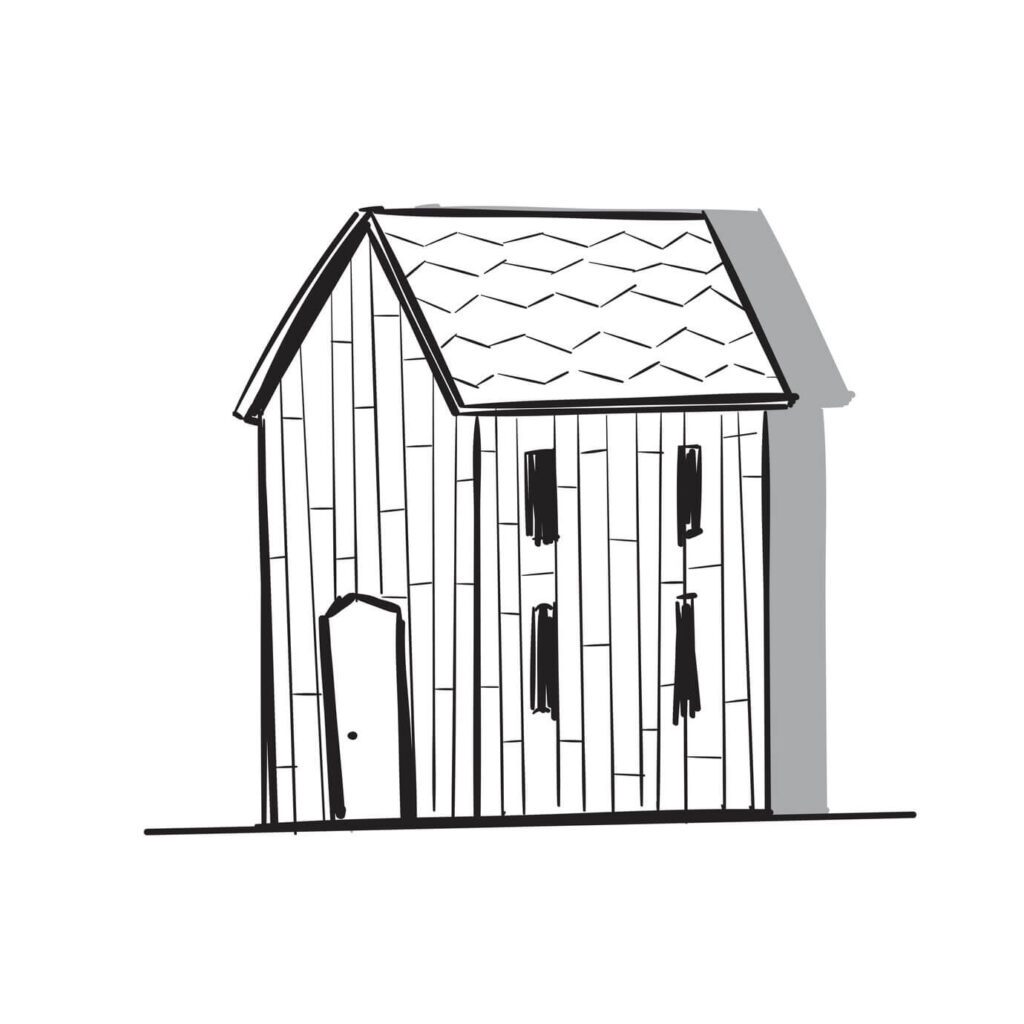
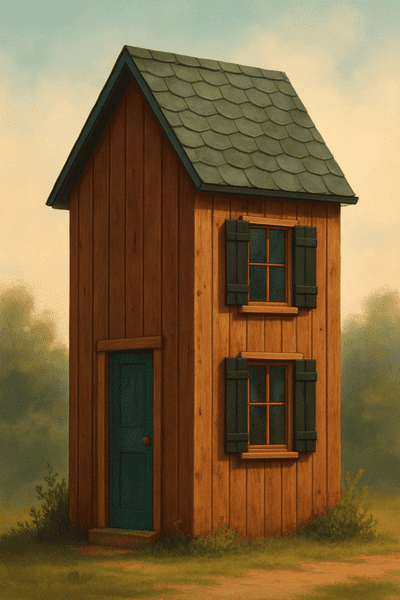
As you can see, the model was able to retain most of the details and restyle it as prompted. This can come in handy when you have to tweak existing designs for a different context. Or even when you have to restyle it for different applications. Like when you have to reuse an existing design for a different marketing campaign.
ChatGPT Images: The Viral Trends
Now this is where the fun part begins. The fact that ChatGPT has managed to democratize creativity and the capabilities of the current image generation model has led to a few notable trends on social media. So, let’s talk about a few of them.
Studio Ghibli art style
What common trait did you observe in all the ChatGPT-generated images so far? The nostalgic anime-like vibe! Even when we did not explicitly request an anime style for checking character consistency, we still got illustrated versions in nostalgic aesthetics. This is reminiscent of the signature style of Studio Ghibli animation movies. Now that’s one of the reasons behind the Studio Ghibli art style trend.
In the demo video introducing this feature, the team showcased the model instantly converting a selfie uploaded into an anime-style image.
Soon after the launch, several creators shared their own anime-style creations, and the rest is history!
Want to create your own Studio Ghibli-style versions? Try these prompts and upload your image.
“Transform this into a Studio-Ghibli style image.”
“Reimagine this in a Studio-Ghibli aesthetic.”
Barbie-Box/Action Figure trend
The other popular trend that made news on social media is the action figure trend, where people started sharing their own versions of what looked like Barbie boxes with custom toolkits. Here’s ours, for instance – a little bit of AI and a hint of our creativity!
Want to jump on the action figure trend with your own photo? Here’s a prompt to try:
“An action figure of the person in the photo, a [Your Profession], in a dynamic pose, holding [Signature Tool or Accessory], wearing [Outfit Style or Uniform], with custom packaging labeled [A Custom Tagline].”
To sum it up, include details about your outfit, the colors to use, the kind of lighting to include, the text to display, accessories or tools to include, and any other info that can improve the accuracy of your rendition.
Turning pets into people
Another emerging trend is where people are turning their pets into people! From Reddit conversations to posts on X, people shared their own versions reimagining what their pet would look like as a human.
Here’s an example shared by a Redditor.
Here’s another one shared on X:
I asked AI to turn my dog into a human. pic.twitter.com/2R3FtZROom
— aislop (@AIslop_) April 14, 2025
There were a few versions shared on other platforms like TikTok and Bluesky as well. Though the trend did not catch up like wildfire, like Studio Ghibli art style and the Barbie-box trend, this one has been quite popular as well.
As can be seen, these trends demonstrate the difference a multimodal model can bring to image generation.
Tips to Prompt Smarter: Get the Most Out of ChatGPT Images
The magic formula for prompting
A good prompt should include details about:
- The subject
- Setting (where the subject should be placed)
- Style (visual styles and artistic nuances)
- Mood (vibe – how you want the image to feel)
- Composition (lighting, camera angle, area of focus, perspectives, etc.)
Including all these details ensures that you get the desired design with as few revisions as possible. Because in some cases, the model does deviate from the original design slightly with each revision.
In addition to these details to include in your prompt, also mention any negative prompts, about details or elements you wish to exclude in your designs. Using reference images for the style or subject can make a big difference!
Using ChatGPT to tweak your prompts
One of the best ideas is to use ChatGPT to generate detailed and accurate prompts. For instance, we asked ChatGPT to generate a prompt to feature a packaging design with a glass jar, including all the relevant details, and here’s the prompt it gave us:
“A high-resolution product photo of a blank, transparent glass jar placed on a minimalist pedestal. The scene is illuminated with soft, diffused studio lighting, featuring subtle reflections and gentle shadows. The composition exudes a sophisticated and elegant mood, making it ideal for showcasing packaging labels.”
And in case you are wondering, here’s the image generated with the prompt.

So yes, you can use ChatGPT to tweak your image generation prompts until you hone your prompting skills.
How brands can use ChatGPT Images
With all the trends highlighting the capabilities of ChatGPT images, there’s one big question: how can brands and marketers use this image generation power in their marketing and branding workflows?
- Generate concepts for your campaigns so your design team can work on them.
- Create reference images to use along with your creative briefs.
- Generate mockups to visualize your digital designs in real-world settings.
- Experiment with diverse visual styles to identify what works best for your message and campaign.
- Reduce costs associated with professional photoshoots.
- Add/remove elements in your design for finishing touches.
The Caveats: Why Human Designers Remain Crucial
So, what’s our take on AI in creativity? It all boils down to what “creativity” really means. ChatGPT’s image generation, while impressive, is more like a master remixer, blending patterns, styles, and elements from the vast datasets it’s trained on. It’s not dreaming up ideas from scratch like a human designer sketching a bold new vision. If you’re after something truly original, nothing beats the spark of human creativity.
In short, when you use AI tools like ChatGPT’s image generation, you’re the one steering the ship. The output depends entirely on your imagination, prompt precision, and guidance. Therefore, human designers equipped with their unmatched creativity and design skills still remain the heart of creativity, using AI as a tool to amplify their unique vision.
For instance, AI can generate a truly stunning studio quality product photo, but giving it that finishing touch, making it look and feel like your brand is possible with a designer’s expertise nd knowledge about your brand.
AI can generate a stylish logo or a catchy meme, but it lacks the soul of human creativity. On the other hand, a designer can capture a brand’s ethos or tell a story through a single image. Take the brand image of well-known players like Nike, Apple or even the unique cheeky personality of Duolingo, for instance – these were born from human insight, not algorithms.
Besides, human designers are better at creating unbiased, culturally-sensitive designs that evoke the right emotions that AI might miss. So, what do you need? Just visually stunning designs or designs that resonate with your audience? The latter, obviously! So, while ChatGPT can be a reliable sidekick who effectively reduces the time taken for your creative workflow, your designers still help preserve the heart and soul of your brand and your brand’s story.
Riding the Future of Creativity
No doubt, ChatGPT images are rewriting the creative playbook. Upgrades like these are changing the way design workflows function. But it all depends on how you choose to blend human ingenuity with AI’s limitless potential. These can be tools that amplify your vision, but it’s your spark that makes it shine. Ready to elevate your projects with an AI-ready team? Sign up for a KIMP subscription. We’re a team that embraces the latest AI advancements to ensure smooth design deliveries for you.
Ready to create something extraordinary? Sign up today! Or register now to take KIMP for a trial run for 7 days!
